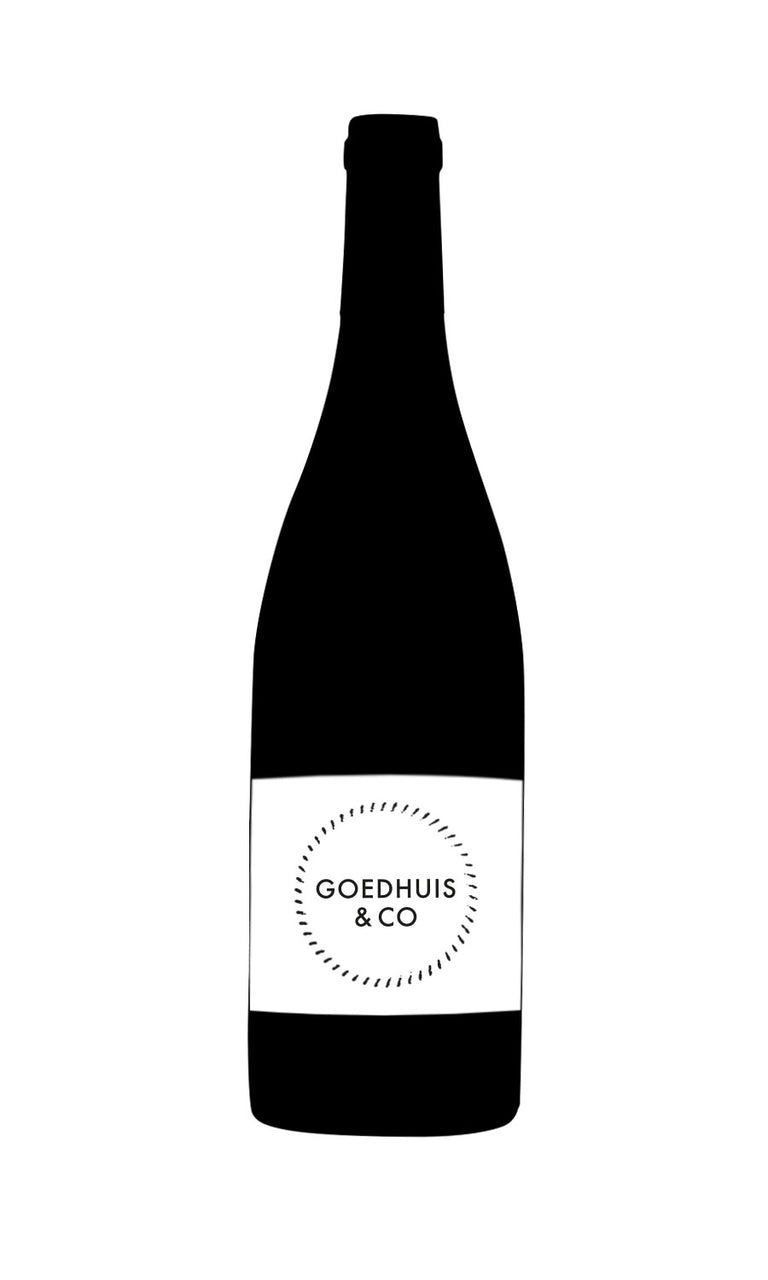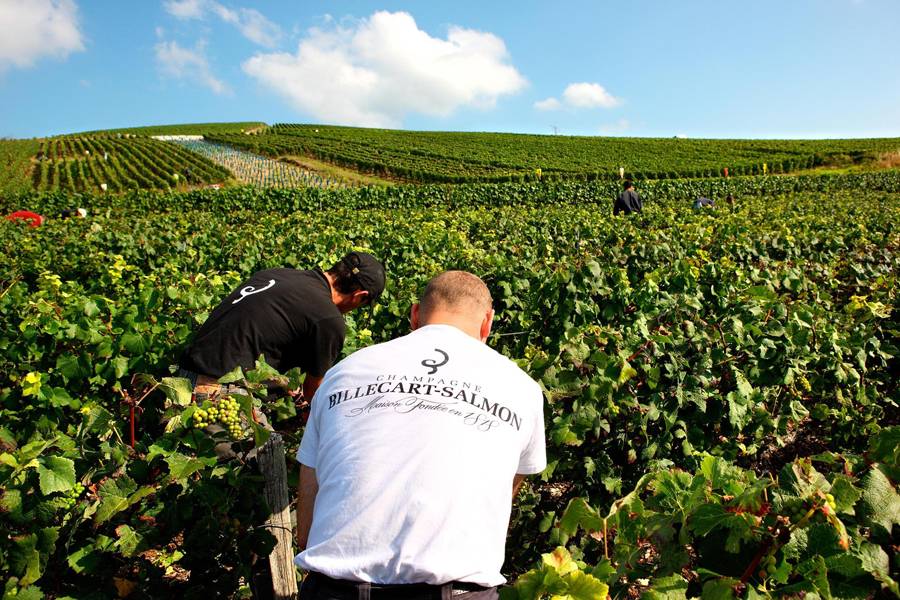
- Colour Champagne_Sparkling
- Producer Billecart-Salmon
- Region Champagne
- Drinking 2024 - 2040
- Case size 6x75cl
- Available Later
2012 - Billecart Salmon Cuvée Elisabeth Salmon Rosé - 6x75cl
- Colour Champagne Sparkling
- Producer Billecart-Salmon
- Region Champagne
- Drinking 2024 - 2040
- Case size 6x75cl
- Available Later
Select pricing type
Need help? Call +44 (0)20 7793 7900 or email wine@goedhuiswaddesdon.com.
-
Antonio Galloni, April 2024, Score: 96
The 2012 Brut Rosé Cuvée Elizabeth Salmon offers up hints of red berry fruit, ginger, spice, rosewater, mint and crushed flowers. There is a feeling of classic austerity that runs through the 2012. I would prefer to cellar this for at least a few years, as it is quite reticent at this stage. Chalk, mint, white pepper and bright saline accents linger on the pointed finish.
-
Matthew Jukes, April 2024, Score: 19+
The bottles were superbly clean, amazingly delicate, and resonant, with crystal-clean fraise de bois notes dominating. Not surprisingly, with a Chardonnay-dominant recipe, the finish brings acres of chalk to scour the taste buds with glorious minerality and tension. Both the bottle and magnum have this superb engine on display, and the main difference at this early moment in the magnum’s life is that it appears, although the difference is not as stark as it is in Louis, to have more power pushed forwards on the palate. Both formats are superbly calm and controlled, and a vault of power in the core will send this wine down the line for a good couple of decades. Drink now-2045.
-
Goedhuis Waddesdon, April 2024
This is the 16th vintage of Elisabeth Salmon in the last 36 years, and it certainly brings with it a wonderful charm and grace. Sourced exclusively from 100% Grands Crus and Premiers Crus parcels, you are greeted by instantly seductive, fruit forward aromas with a mix of wild strawberries and redcurrants. This elegant charm is echoed on the palate, bringing with it layers of brioche and white pepper. You are reminded that there is a backbone of Chardonnay to this blend, which plays a crucial supporting role in providing a refined, chalky texture, leading to a lingering saline finish.
Producer
Billecart-Salmon
The Champagne House Billecart Salmon was founded in 1818 when Nicolas François Billecart and Elisabeth Salmon were married. The House has remained within the family and is now run by the seventh generation of descendants. They maintain the legend of this "spirit of Champagne." The passion of the grape cultivated as a philosophy around three principal values "finesse, balance and elegance."
Region
Champagne
Champagne, the world's greatest sparkling wine, needs little introduction - with imitations produced in virtually every country capable of growing grapes, including such unlikely candidates as India and China. The Champagne region, to the north of Paris, has the most northerly vineyards in France, with vines grown on slopes with a southerly exposure to maximise sunlight. The soil is chalky, providing an excellent balance of drainage and water retention. The key to the wine is in the cellar - the bubbles result from a second fermentation in the bottle and the rich toasty flavours in great Champagne come from extended bottle ageing on the yeasty lees. Until the eighteenth century, the wines produced in the Champagne area were light acidic white wines, with no hint of sparkle. However glass and closure technology developed at that time and it was not long before Dom Perignon, a Benedictine monk at the Abbey of Hautvilliers, started experimenting with blends and produced the first recognisable champagne. In a world accustomed to still wines, the advent of champagne was almost a flop. It was saved when it became fashionable at the French court as a result of Louis XV's mistress Madame de Pompadour commenting "Champagne is the only wine that lets a woman remain beautiful after she has drunk it." And the rest is history, with famous (or infamous) champagne lovers including Casanova, Dumas, Wagner, Winston Churchill, James Bond and Coco Chanel.



